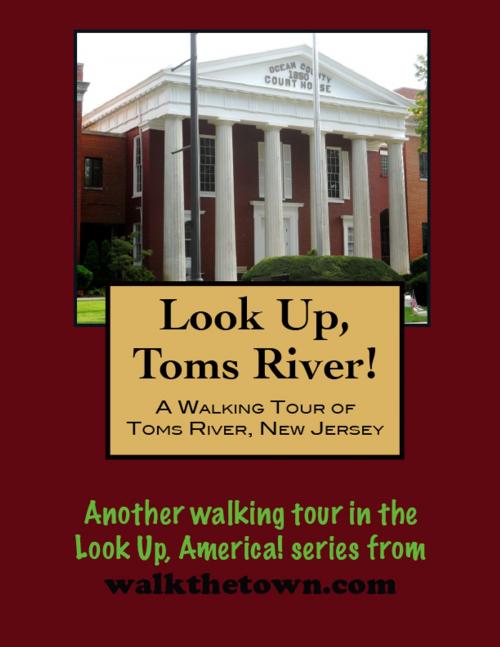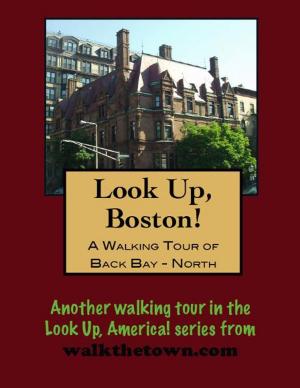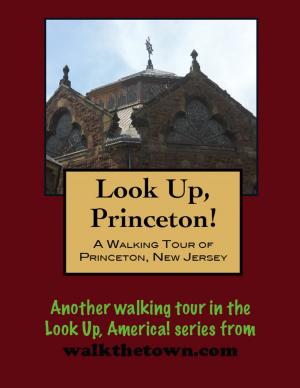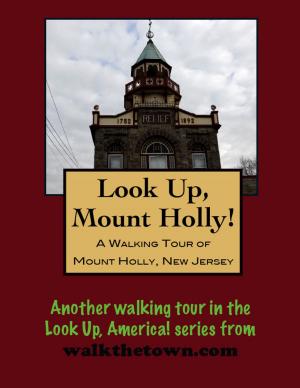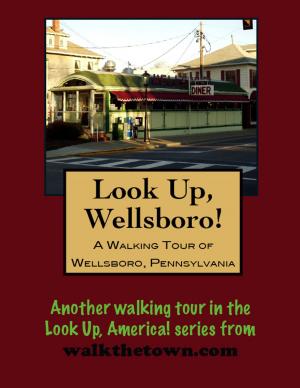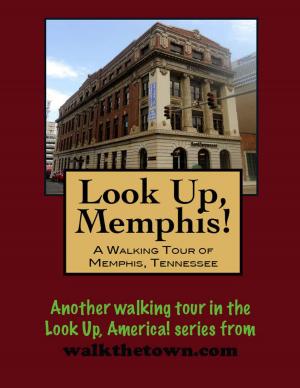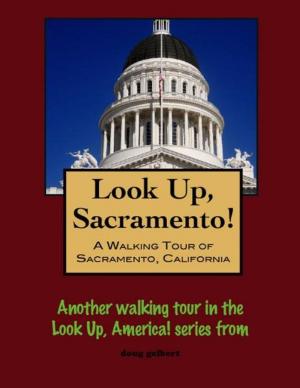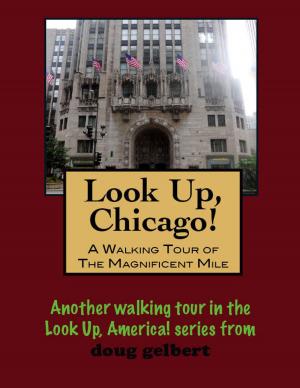| Author: | Doug Gelbert | ISBN: | 9781458066213 |
| Publisher: | Doug Gelbert | Publication: | March 3, 2011 |
| Imprint: | Smashwords Edition | Language: | English |
| Author: | Doug Gelbert |
| ISBN: | 9781458066213 |
| Publisher: | Doug Gelbert |
| Publication: | March 3, 2011 |
| Imprint: | Smashwords Edition |
| Language: | English |
There is no better way to see America than on foot. And there is no better way to appreciate what you are looking at than with a walking tour. This walking tour of Toms river, New Jersey is ready to explore when you are. Each walking tour describes historical, architectural landmarks, cultural sites and ecclesiastic touchstones and provides step-by-step directions.
Every tour also includes a quick primer on identifying architectural styles seen on American streets.
The early English settlers found plenty of ways to make a living in this area in the 1700s - there were abundant woodlands for lumber and charcoal, the sea yielded fish and whales and there was bog ore to process into iron. At the head of navigation on the Goose Creek River, a small village formed here. It was “Tom’s River” by the time of the American Revolution and the village had fifteen houses.
Toms River, behind a long barrier island, was a haven for privateers feasting on British shipping in the War for Independence, but it gained prominence by an incident that occurred just after the cessation of hostilities. A band of Tories, seeking saltworks, surprised Captain Joshua Huddy on March 24, 1782 as he defended a protective blockhouse. The blockhouse and the entire town were burned to the ground and Huddy hanged on April 12, apparently in retribution for his having killed a Tory leader.
Angry patriots were incensed at what they considered an illegal execution and demanded the surrender of Loyalist captain Richard Lippincott, the leader of the hanging party. When the band refused to produce him another British captain was selected by lot by the Americans to die. The sacrifice was 20-year old Sir Charles Asgill. Back in England, Lady Asgill sailed to France to plead for the life of her only son, and indeed Congress finally ordered him released. While America was embroiled in its first International imbroglio that was mucking up peace talks to end the Revolution, the good folks in Toms River were left to figure out how to rebuild their town from ashes.
But rebuild they did and Toms River was for awhile known as an important port until a major storm in the early 1800s sealed off the Cranberry Inlet and blocked access to the ocean. By the middle of the 1800s the town could boast of no more than 50 houses. In 1850 Toms River was selected as the county seat for newly created Ocean County and the government set up shop about the same time as the railroads began bringing wealthy vacationers to town.
Toms River began serving as a retirement center and resort and bedroom community as its economy became retail and professional-based. In the 1950s, with the completion of the Garden State Parkway, Toms River went on steroids. The new commuters swelled the population from 7,000 in 1950 to 90,000 in the year 2000. One thing the new homesteaders brought with them were good young baseball players. In the 1990s Toms River East Little League went to the Little League World Series three times and in 1998 captured the title with a 12-9 win over Japan, carrying the Toms River name around the world.
Our walking tour will begin by the water near where Captain Huddy gave his life to protect some salt so many years ago...
There is no better way to see America than on foot. And there is no better way to appreciate what you are looking at than with a walking tour. This walking tour of Toms river, New Jersey is ready to explore when you are. Each walking tour describes historical, architectural landmarks, cultural sites and ecclesiastic touchstones and provides step-by-step directions.
Every tour also includes a quick primer on identifying architectural styles seen on American streets.
The early English settlers found plenty of ways to make a living in this area in the 1700s - there were abundant woodlands for lumber and charcoal, the sea yielded fish and whales and there was bog ore to process into iron. At the head of navigation on the Goose Creek River, a small village formed here. It was “Tom’s River” by the time of the American Revolution and the village had fifteen houses.
Toms River, behind a long barrier island, was a haven for privateers feasting on British shipping in the War for Independence, but it gained prominence by an incident that occurred just after the cessation of hostilities. A band of Tories, seeking saltworks, surprised Captain Joshua Huddy on March 24, 1782 as he defended a protective blockhouse. The blockhouse and the entire town were burned to the ground and Huddy hanged on April 12, apparently in retribution for his having killed a Tory leader.
Angry patriots were incensed at what they considered an illegal execution and demanded the surrender of Loyalist captain Richard Lippincott, the leader of the hanging party. When the band refused to produce him another British captain was selected by lot by the Americans to die. The sacrifice was 20-year old Sir Charles Asgill. Back in England, Lady Asgill sailed to France to plead for the life of her only son, and indeed Congress finally ordered him released. While America was embroiled in its first International imbroglio that was mucking up peace talks to end the Revolution, the good folks in Toms River were left to figure out how to rebuild their town from ashes.
But rebuild they did and Toms River was for awhile known as an important port until a major storm in the early 1800s sealed off the Cranberry Inlet and blocked access to the ocean. By the middle of the 1800s the town could boast of no more than 50 houses. In 1850 Toms River was selected as the county seat for newly created Ocean County and the government set up shop about the same time as the railroads began bringing wealthy vacationers to town.
Toms River began serving as a retirement center and resort and bedroom community as its economy became retail and professional-based. In the 1950s, with the completion of the Garden State Parkway, Toms River went on steroids. The new commuters swelled the population from 7,000 in 1950 to 90,000 in the year 2000. One thing the new homesteaders brought with them were good young baseball players. In the 1990s Toms River East Little League went to the Little League World Series three times and in 1998 captured the title with a 12-9 win over Japan, carrying the Toms River name around the world.
Our walking tour will begin by the water near where Captain Huddy gave his life to protect some salt so many years ago...
